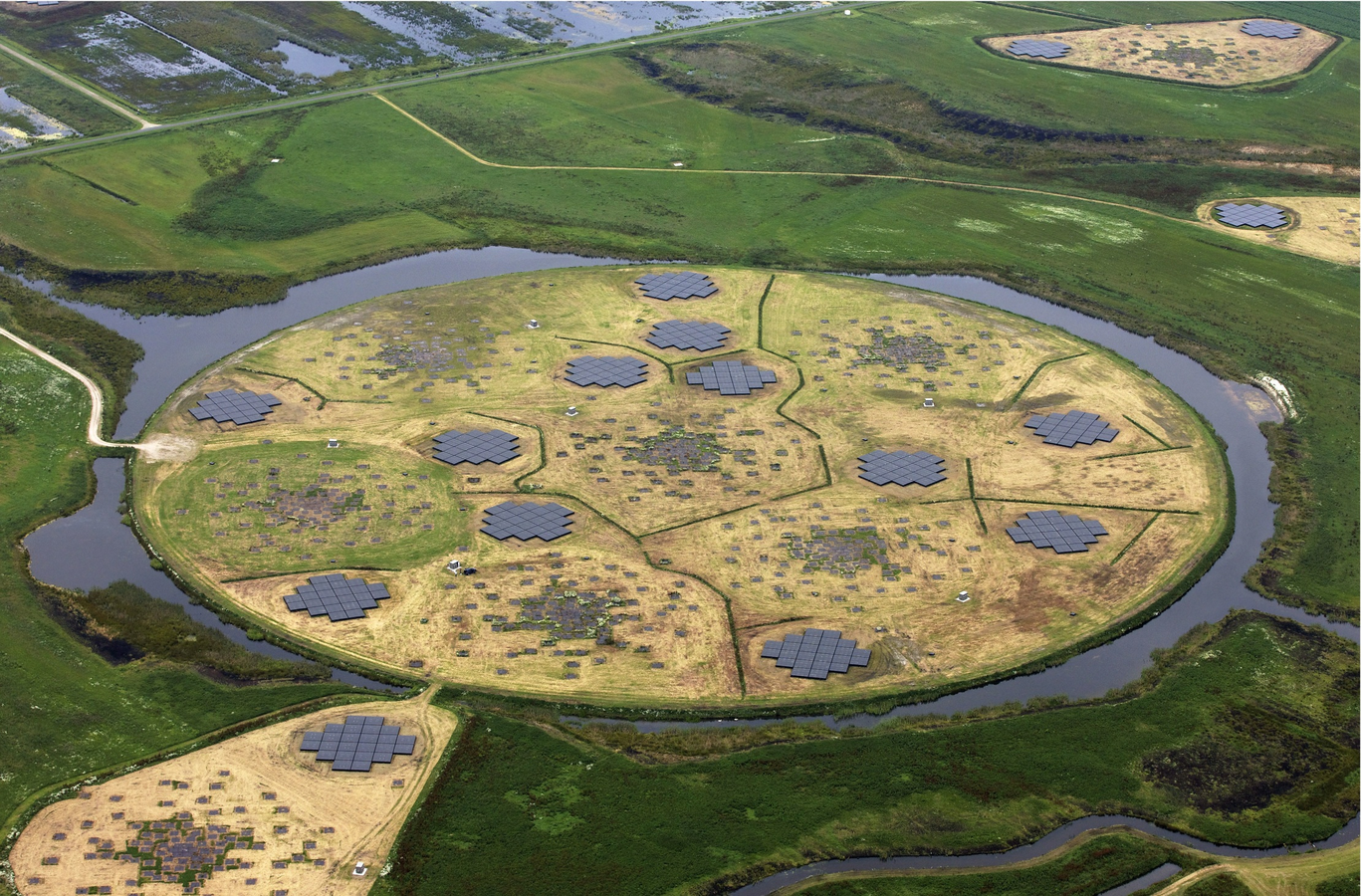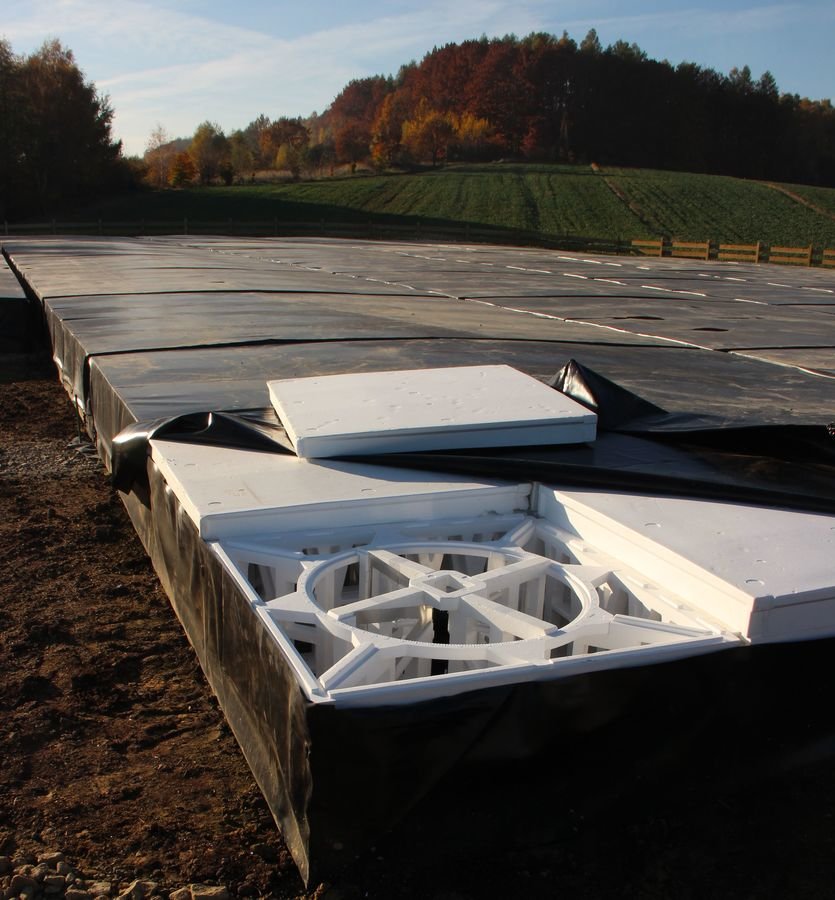WEAVE-LOFAR
Spectra for a million* radio galaxies
* nearly
Kenneth Duncan
(Leiden Observatory)
Majority of slide content stolen from Dan Smith [U.Hertfordshire] - P.I. of WEAVE-LOFAR


Resolution
Selection / Statistics
Depth
Resolution
Depth
Selection / Statistics
WEAVE-LOFAR
LOFAR
WEAVE-



Dutch stations: only these used for large area survey


Core 'superterp'



Core 'superterp'
HBA : 120 - 240 MHz
LBA : 30 - 80 MHz



Core 'superterp'
LBA : 30 - 80 MHz
HBA : 120 - 240 MHz
Tier-1 : will cover whole northern hemisphere
(0.1 mJy RMS at 150 MHz)
Tier-2 : ~100s of sq.deg to faint flux limits (25 μJy RMS @ 150 MHz)
Tier-3 : ~10s of sq.deg to sensitivities > the deepest existing imaging
(6 μJy @ 150 MHz)
Details: Röttgering et al. 2011
LOFAR Surveys KSP
LOFAR Surveys KSP

Relative to other radio surveys

LOFAR Surveys KSP
In physical terms...
LOFAR Surveys KSP
In physical terms...

Tier 1
Tier 2
Tier 3
Tier 3
Tier 2
Tier 1
LOFAR Surveys KSP
In physical terms...

Tier 1
Tier 2
Tier 3
Tier 3
Tier 2
Tier 1
Evolution in FIR-radio correlation?
Good Ionosphere
Bad Ionosphere
Credit: Ger de Bruyn
http://www.astron.nl/dailyimage/index.html?main.php?date=20140307

Credit: Tim Shimwell

Credit: Tim Shimwell

(W. Williams+ 2016)
8 Hrs of observations at 150 MHz
(now ~60 observed)
~19 sq.deg
RMS ~120-150 uJy/beam
~6" beam
-LOFAR
WEAVE

What is WEAVE?
WHT Enhanced Area Velocity Explorer
-
WEAVE is a 960(/940) x 1.3” fibre multi-object spectrograph going on the 4.2m WHT
-
First light Q1 2019
-
2 deg diameter field of view
- Complete wavelength coverage from 370–960nm at R=5000 in LR mode

- 20 placeable mini IFUs:
11" x 12" - 1.3" spaxels
IFU mode
- One large IFU:
84" x 97" - 2.6" spaxels

WEAVE Science
-
Galaxy Clusters
-
Galaxy Evolution
- STEPS
- WEAVE-APERTIF
-
WEAVE-LOFAR
- WEAVE-QSO
http://www.ing.iac.es/weave/science.html
- Archaeology
(Gaia follow-up: radial velocity and abundances)
- Stellar, Circumstellar and Interstellar Physics
Galactic
Extra-galactic
-LOFAR
WEAVE
Science goals and survey strategy
PI: Dan Smith, U. of Hertfordshire
“There’s nothing as useless as a radio source”
Jim Condon, 2013
Why not just use photo-z's?
Many LOFAR sources are precisely the populations where photo-z's break down,
e.g. ...
- Extreme emission lines
- presence of RQ-AGN/IR power laws
- lack of strong breaks in photometry
Spectra required to separate SF and RQ-AGN, distinguish accretion modes (high-/low-excitation) etc
and
WEAVE-LOFAR
Survey Design
1. MOS Survey
2. IFU Survey

Spectroscopic follow-up of many LOFAR sources
Resolved spectroscopy of protocluster fields (Ly-alpha/OII emitters around radio AGN)

1. MOS Survey
The MOS surveys have three primary science cases:
-
Star-formation evolution across cosmic history
-
Co-evolution of black-hole and star formation - physics of AGN feedback
-
Finding radio galaxies in the Epoch of Reionisation at z > 6
Simulations indicate that redshift success rates approach 100% at z < 1

1. MOS Survey

WIDE Tier
All sources with S(150) > 10mJy over 10,000 sq.deg
Highlights:
-
~50+ z > 6 radio galaxies for 21 cm absorption experiments
- ~250k spectroscopic redshifts and source classifications
Based on SKA Simulated Skies (Wilman et al. 2008, 2010)
1. MOS Survey

MID Tier
~250k+ spectra over ~1250 sq.deg
(HETDEX Spring field/H-ATLAS NGP/COSMOS/XMM-LSS)
Highlights:
-
Robust constraints on the bright end of SFR function - dust independent SFRs
- AGN cold and hot accretion modes at z < 1.3 and z > 2
Based on SKA Simulated Skies (Wilman et al. 2008, 2010)
1. MOS Survey

DEEP Tier
~360k+ spectra over ~70-200 sq.deg
(e.g. Elais N1 / Bootes / Lockman Hole )
Highlights:
-
Evolution in the SFR function at low SFRs both at z < 1.3 and z > 2
- Physics and evolution of the radio-FIR correlation
Based on SKA Simulated Skies (Wilman et al. 2008, 2010)
2. IFU Survey


The LIFU survey aims to study
- the nature of protoclusters
- radio galaxies and their halos
- AGN feedback
The mIFU survey aims to study:
- AGN in close galaxy pairs
- Weird (interesting) extended sources where optical matching fails
IFU survey aimed at filling poor weather (/bright time) queue
2. IFU Survey


WEAVE-LOFAR IFUs are set-apart by:
- high resolution of WEAVE
- rare object sensitivity
- large wavelength coverage
IFU survey aimed at filling poor weather (/bright time) queue
Resolution
Depth
Selection / Statistics
WEAVE-LOFAR
~1 million spectra
Unique selection criteria - low frequency radio
Emission lines only
S******g required for detailed spectral properties
R = 5000 (370-960nm)
Summary
Survey outputs
1 hr exposures - individual spectra only targetting emission line detections
Up to 4x 1 hr exposures on 'unsuccessful' redshifts in DEEP
St****ng
Environment
Mass
AGN activity
Redshift
?
Redshift success rates

Redshift success rates

Redshift success rates

Redshift success rates

Redshift success rates


WEAVE-LOFAR
By Kenneth Duncan
WEAVE-LOFAR
Lorentz Center (5th August) presentation on WEAVE-LOFAR
- 438



